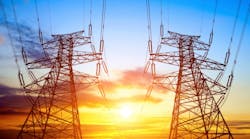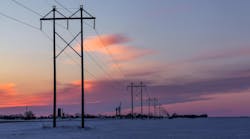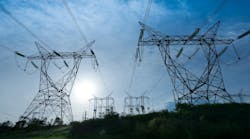An updated report by the Edison Electric Institute (EEI) finds that investor-owned electric utilities are continuing to make significant investments to build needed and beneficial transmission infrastructure and to enhance the nation’s electric power grid to meet 21st-century energy needs. The report, Transmission Projects: At A Glance, finds that EEI members’ total transmission investment in 2013 reached $16.9 billion (nominal $).
“The high level of investment in our nation’s transmission infrastructure improves reliability and benefits customers by enabling utilities to deploy new technologies, such as advanced monitoring systems, that help to make the grid more flexible and more resilient,” said EEI Vice President of Energy Delivery Jim Fama. “These investments also relieve transmission congestion, facilitate wholesale market competition, and support a diverse and changing generation portfolio that includes more renewable resources, such as wind and solar power.”
The ninth annual publication of EEI’s Transmission Projects: At A Glance report highlights a cross-section of more than 170 major transmission projects that EEI member companies completed in 2014 or have planned over the next 10 years. These featured projects, which represent only a portion of the total transmission investment that EEI’s members anticipate through 2025, total approximately $47.9 billion (nominal $).
The report further shows that of the transmission projects featured and the investments planned, $19.2 billion (40 percent) is for large, interstate transmission projects spanning multiple states; $22.1 billion (46 percent) is for projects that support the integration of renewable resources; $17.4 billion (36 percent) is for projects where EEI member companies are collaborating with other utilities, including non-EEI members, to develop the project; and $31.5 billion (66 percent) is for high-voltage projects of 345 kilovolts and above. Since transmission projects are developed to address an array of needs and deliver a number of benefits, one project may fall into more than one category.
“Developing transmission has risks and challenges. In order to continue to attract the levels of capital needed to develop transmission projects and to continue to deploy advanced technologies, it is critically important that the Federal Energy Regulatory Commission continue to provide returns on investment that are commensurate with the level of risk,” added Fama.


